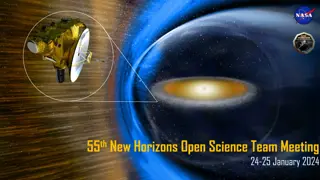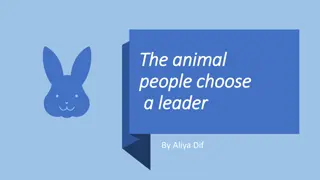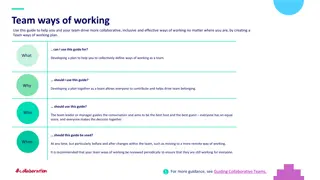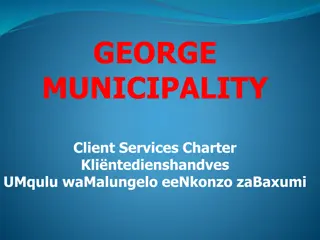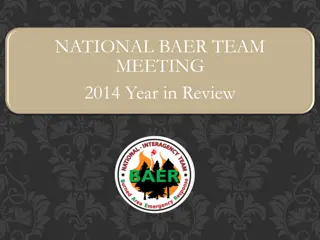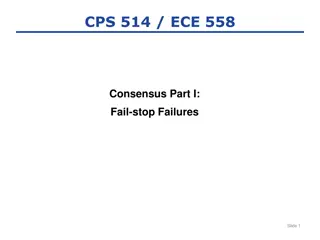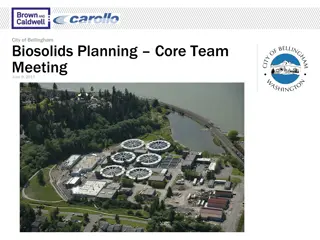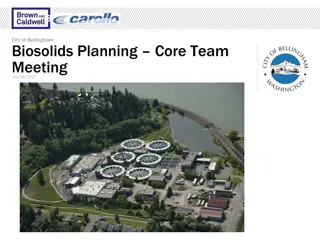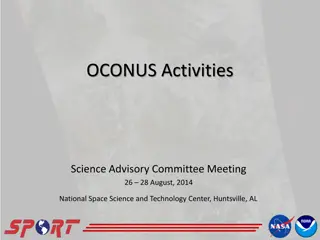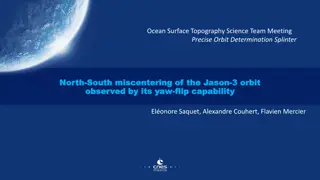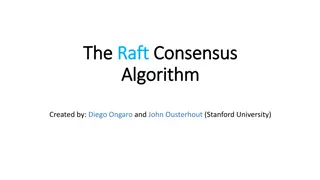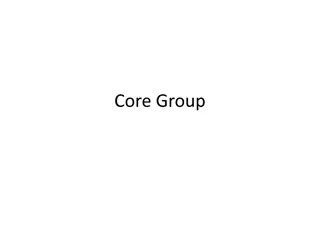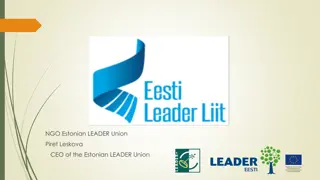Summary of George Hurtt's Science Team Leader Meeting
The meeting led by George Hurtt, Science Team Leader, was highly productive and impactful, with 111 participants in total, engaging stakeholders across various panels and sessions. The Carbon Monitoring System (CMS) showcased significant achievements with 128 projects, 645 publications, and successful engagement with participants and stakeholders. Progress was made on continuing science projects, challenges, and collaborations, emphasizing the importance of remote sensing and stakeholder engagement. Opportunities for further research and contributions to relevant events were highlighted, concluding with a thank you message.
Download Presentation

Please find below an Image/Link to download the presentation.
The content on the website is provided AS IS for your information and personal use only. It may not be sold, licensed, or shared on other websites without obtaining consent from the author. Download presentation by click this link. If you encounter any issues during the download, it is possible that the publisher has removed the file from their server.
E N D
Presentation Transcript
Meeting Summary George Hurtt Science Team Leader September 26-28, 2023 Pasadena, CA
Great meeting! Participation. Total= 111, In-person= 91, Virtual= 20; Stakeholder Participation. Total= 17, Panels= 4, Listening session = 1, Keynote presentation = 1 CMS continues to be highly productive and impactful. 128 projects. 645 pubs, with 45 publications in top tier Nature (21), Science (9), PNAS (15). Publications cited 44,616 times, and 101 cited > 100 times each. 168 archived products, downloads >115,000. Several major success stories CMS continues to engage relevant participants and stakeholders. CMS has engaged 861 Participants from 8 organizational types, > 200 stakeholders from 158 organizations, and operated in every major area of the Earth system. CMS approach highly successful. An example for NASA Earth Action, and others CMS research greatly needed. but science (+ next steps) not at pace needed Needs for getting information to the places that need it, and tech technology transfer Needs for broad coverage, high resolution, process detail, and policy relevance. Importance of visualizations. seeing is believing. Progress on previously identified challenges. wet carbon, lateral/vertical transport, alkalinity, Progress on Inter-agency collaboration and integration. AEOIP, EIS-GHG, National GHG Center Progress enhancing, maturing, stakeholder engagement. New website!
Progress on continuing science projects. Forest carbon, crop carbon, atm flux, wet carbon, integration. Progress on Working Groups. Multiple synthesis papers completed and in prep; Updated plans Exciting new science projects. New topics, stakeholders, approaches, e.g. wet carbon and lateral Critical role of remote sensing throughout. Initialization, assimilation, calibration, validation, monitoring, Critical role of field and atm data throughout. Cal/Val! Critical role of models in scaling and for planning. Note increased role of machine learning Challenges of reconciling top-down and bottom-up estimates. Land, ocean, spatially, temporally, multi-scale Challenges of integrating multiple models. Variables, scales, data, computation, Challenge of capacity building. From data focus, to models, systems, win-win collaborations. Opportunity to contribute to NASA Hyperwall. Examples on website. Opportunity to contribute to relevant reports/events/activities. AGU, COP28, National GHG center, Opportunity to continue and deepen discussions at AGU! Innovative Session on Carbon Monitoring Research and Applications. See you there! Opportunity to do more research! ROSES


![❤[PDF]⚡ Civil War Talks: Further Reminiscences of George S. Bernard and His Fel](/thumb/20551/pdf-civil-war-talks-further-reminiscences-of-george-s-bernard-and-his-fel.jpg)
![❤Book⚡[PDF]✔ Doing the Impossible: George E. Mueller and the Management of NASA’](/thumb/21684/book-pdf-doing-the-impossible-george-e-mueller-and-the-management-of-nasa.jpg)
